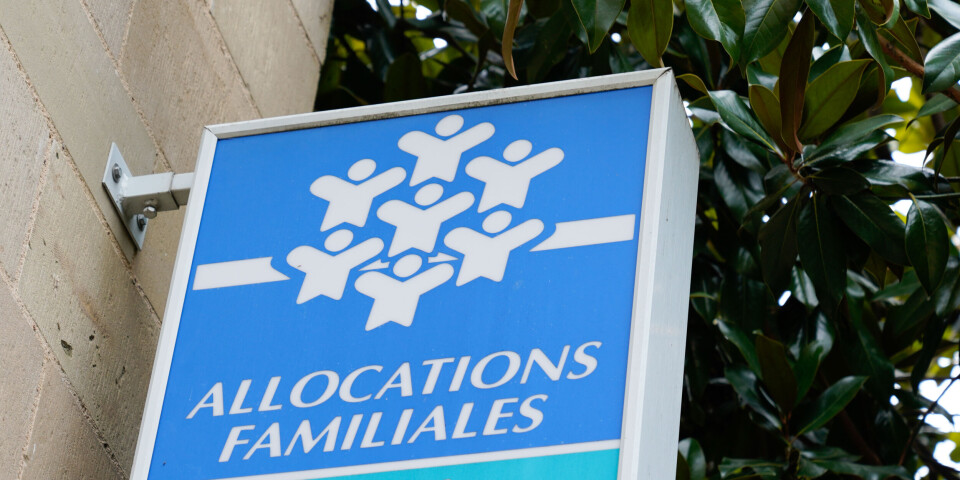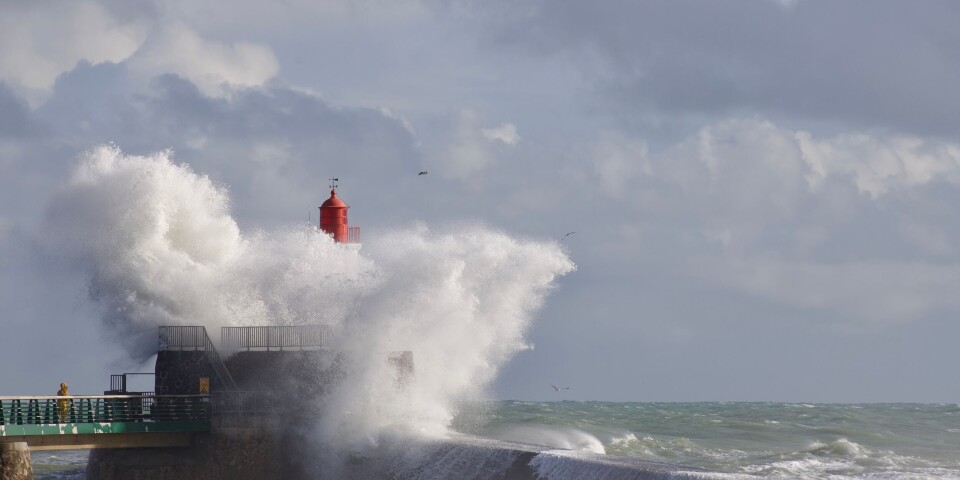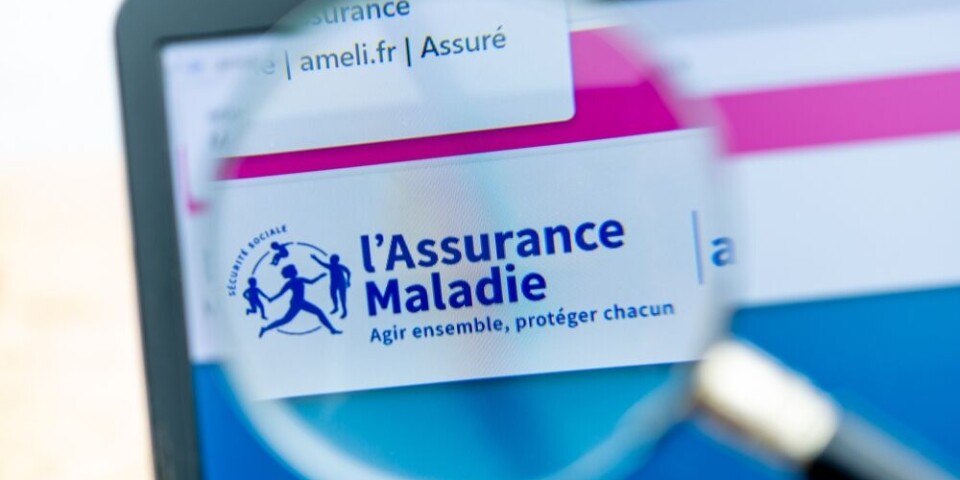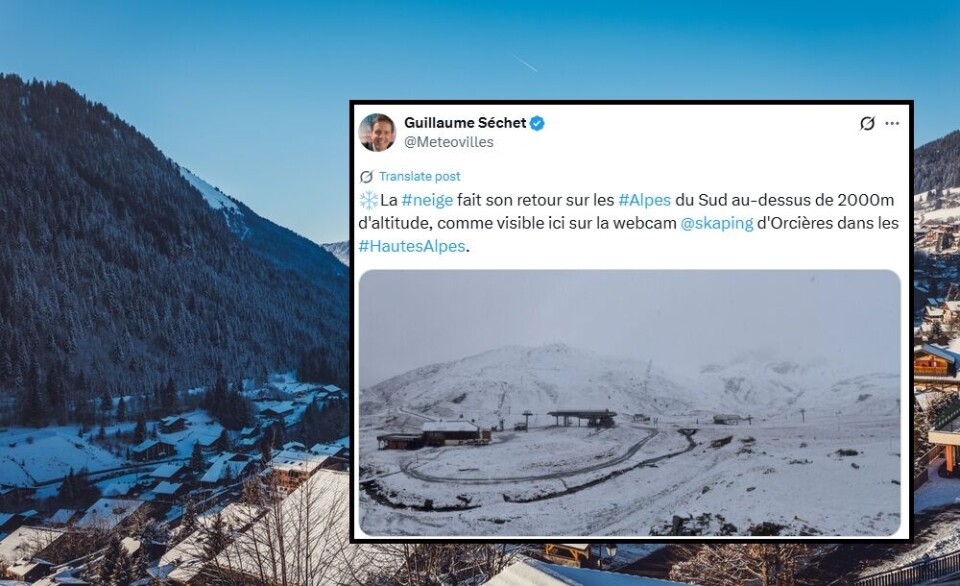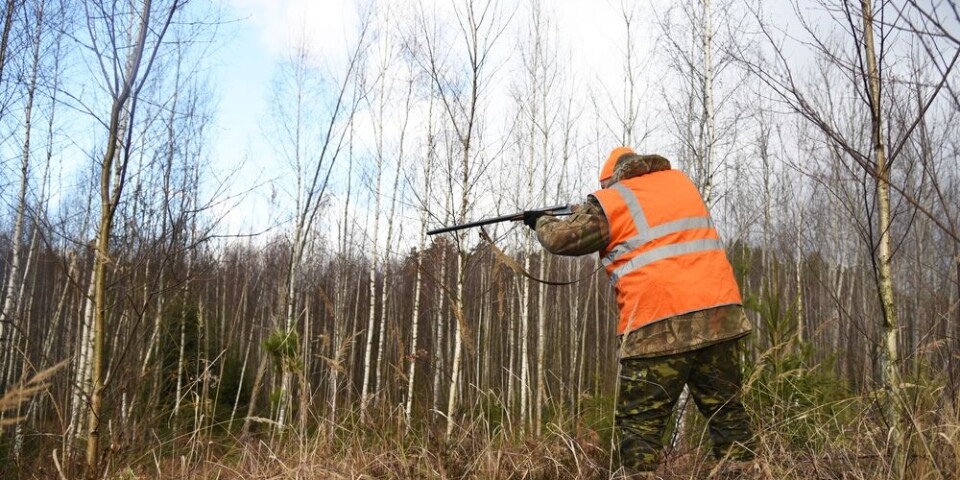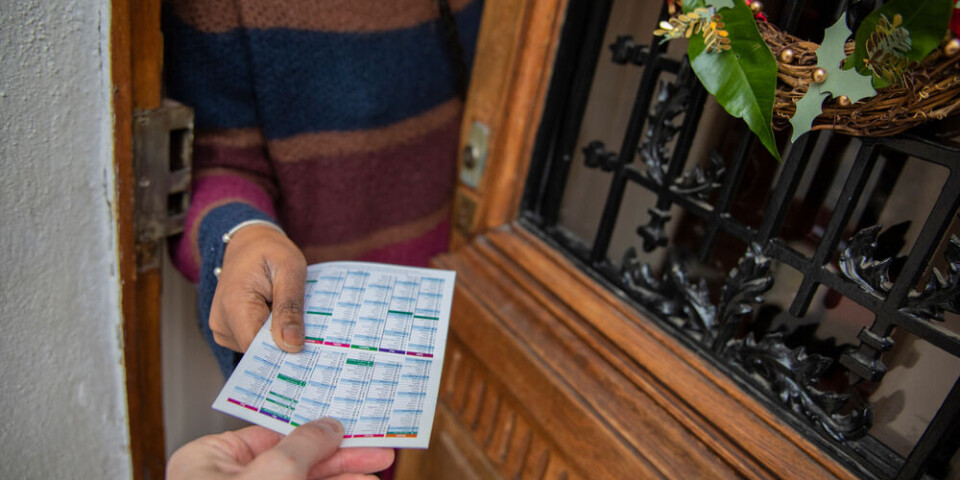-
Classic French recipe with an exotic twist: caramelised onion soup
A dish inspired by the travels of two Paris chefs
-
HPI final season: the end of a French TV phenomenon
Comedy-thriller starring Audrey Fleurot that gripped France airs final episodes
-
Five famous historical French figures who were exiled to Britain
From Voltaire to De Gaulle, we share the stories of five exiles who fled across the Channel
Full tour of Carcassone’s medieval ramparts to open for the first time
Visitors will be allowed to walk all three kilometres of its historic walls from September

Visitors to the fortified town of Carcassonne (Aude) will be able to make a complete tour of its ramparts for the first time from September.
The ramparts extend a total of three kilometres but have never been fully open to the public because of safety concerns over the old walls.
Repairs have been going on since 2021 and work on the last sections, facing east, was due to end in June. However, the Centre des monuments nationaux, which manages the site, said the opening has been delayed until September.
Read more: How an American carpenter helped repair Notre-Dame de Paris
Fee to walk the ramparts but old town is still free
Classified as a Unesco heritage site, it has been a settlement since the 6th Century BC and was a Roman town, fortified during the later imperial period before becoming a medieval citadel.
Entry to Carcassonne’s ramparts and chateau is €9.50 for adults, €7.50 for those entitled to reduced tickets, and free for under-18s.
Entry to the old town within the ramparts is still free.
During July and August, a ‘medieval camp’, complete with participants in period costume, offers workshops, demonstrations and events allowing visitors to sample crafts from the period, such as training with swords, leatherwork and calligraphy.
Read more: SEE: The medieval 'bastide' villages of south-west France
Walt Disney connection
Carcassonne is thought to have been one of the main inspirations for Walt Disney’s Sleeping Beauty castle.
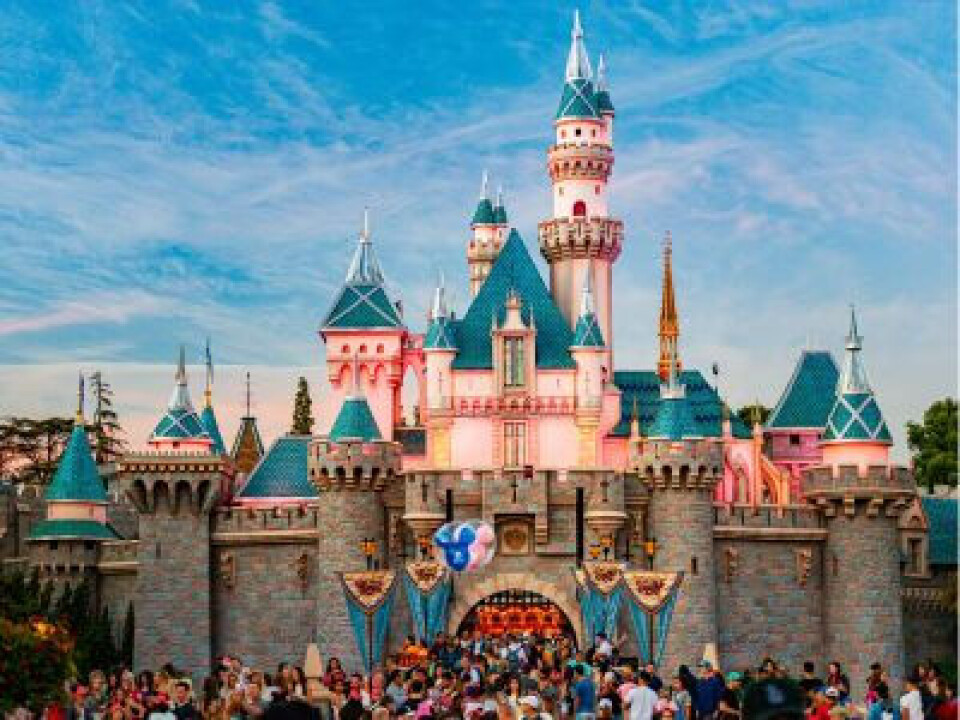
Photo: Disney Sleeping Beauty castle; Credit: Konstantin Yolshin / shutterstock
Interestingly, this is not the only link the movie giant has with France. His ancestry has been traced to two Norman soldiers from Isigny-sur-Mer in Calvados who, after William the Conqueror’s invasion in 1066, stayed in England, where ‘d’Isigny’ changed over time to ‘Disney’.
Related articles
Mickey and Sherlock owe a lot to 1066
SEE: Astonishingly accurate 12th century map of Normandy
Seven facts about France's Mont-Saint-Michel abbey as it turns 1,000











